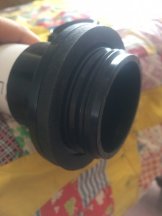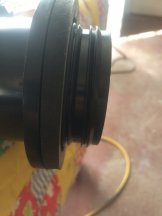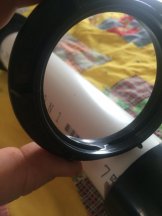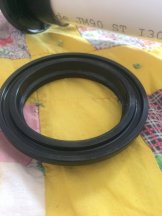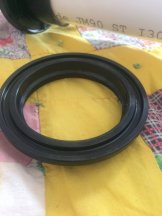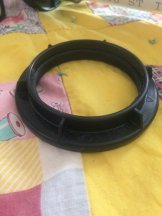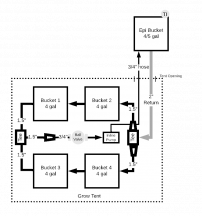Is “bigger = better” the attitude I should take when buying the pump?
Yes.
is there such a thing as too much water flow?
Yes.
Those two questions do not have a directly proportional relationship.
A word about pumps.
There are essentially two styles of pumps we will see in this application. Depending on the pitch of the prop, the pump may be considered a volume pump or a pressure pump.
Understand, props do not spin willynilly like an electric hand mixer whiping an egg.
You have to imagine the prop moving through water, like a screw, turning through wood. It is the pitch of the threads that determines how far to screw travels through the wood with each revolution.
A volume pump has an aggressive pitch, it moves more water per revolution. This style of pump operates with low torque -output diminishes exponentially with resistance or head.
A pressure pump has a comparatively flat pitch. It may not be advertising the same volume as a flow pump, but it has torque and the ability to overcome resistance without significantly diminishing flow.
Any quality pump will come with a graph showing the pumps capabilities at a given head.
Plain English?
Your pump manufacturer will lie and lie and lie all day long.
Buy the biggest pump you can afford , You can always install a relief loop.
NEVER restrict intake, the pump gets hot and output is reduced to a trickle.
I challenge anyone with one of these systems to actually measure the volume of water that is RETURNED by the pump.
Spoiler alert : it is not the number printed on the side of the box.

